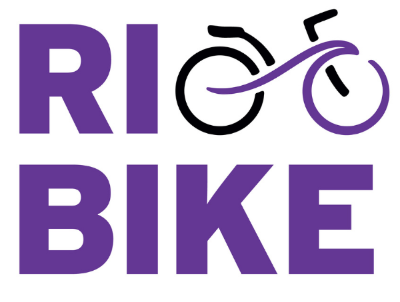Anyone who has ridden a bicycle knows, it’s hard to get started from a complete stop. Some cyclists obidiently stop at all stop signs, lights, etc., others slowly roll through them, keeping just enough momentum to help get them started again, and others simply ignore them all together and just blow through. We’ve certainly had prior discussion on this blog about the legalities of stopping, but have never discussed the actual reasons why cyclists hate to stop. A recent article posted on the TimesOnline looks at this exact question.
They start by discussing the relative energy requirements of riding a bike versus walking
… riding a bike at a steady pace takes as much energy as walking at a quarter of that speed. So cycling at 12mph is the same as walking at 3mph. Which explains why most people are as happy to cycle four miles to work as they are to walk one. Cycling at this speed on an uninterrupted four-mile journey, lasting 20 minutes, would result in a total energy expenditure of 90 kilojoules.
and continue onto the meat of the story by saying
Every time a cyclist or pedestrian stops, they lose kinetic energy and have to work harder on starting off to accelerate and restore that kinetic energy. Now — and this is the maths bit — kinetic energy is proportional to mass multiplied by speed squared. This means to reach a steady cycling speed four times that of walking, requires a 16-fold increase in energy (plus about 25% more for the added mass of the bike).
So here it is: the cyclist has to expend about 20 times as much energy as a pedestrian to reach his normal journey speed again. This energy could have carried the cyclist a great deal further had no stop been made. In fact one stop-start is the equivalent to cycling an extra 100 metres while a pedestrian can stop-start and expend no more energy than it takes to walk a couple of steps.
They don’t site any specifics about how these numbers were calculated, so take them with a grain of salt.
